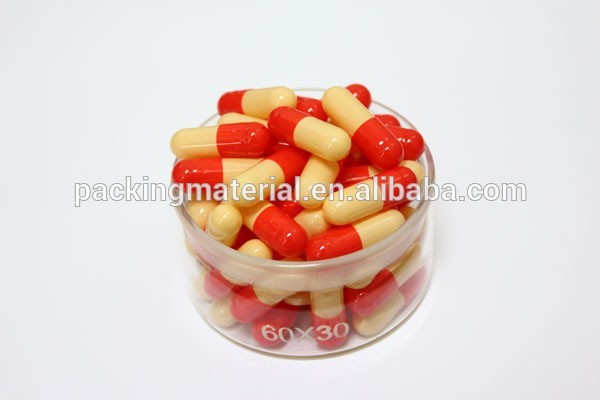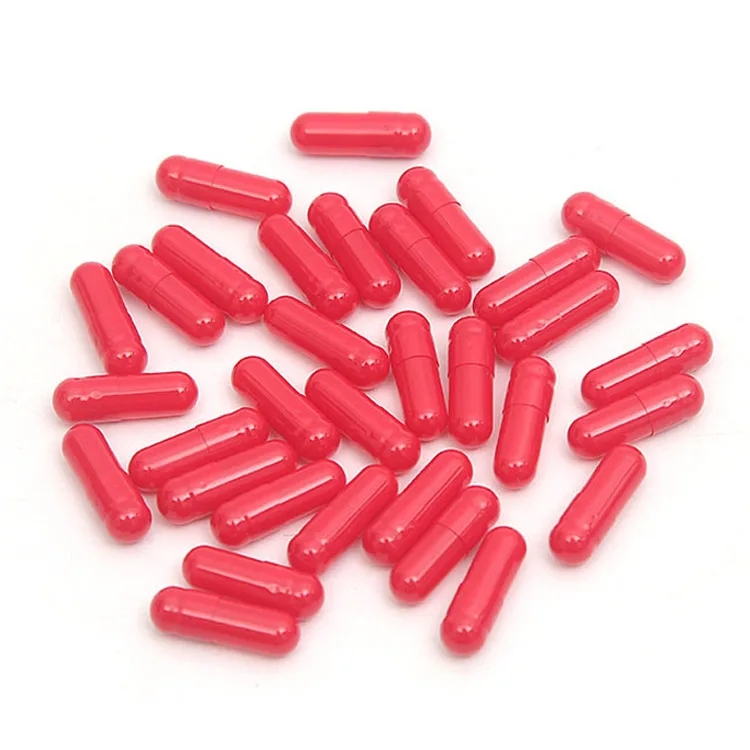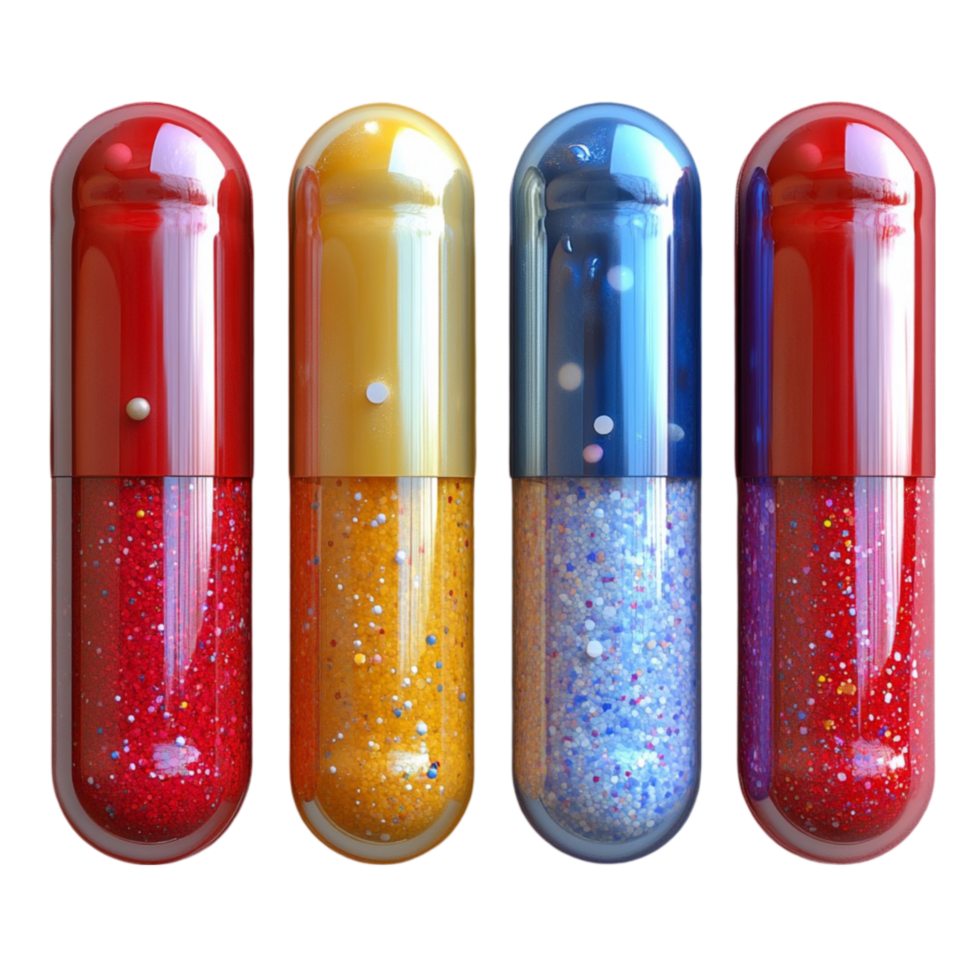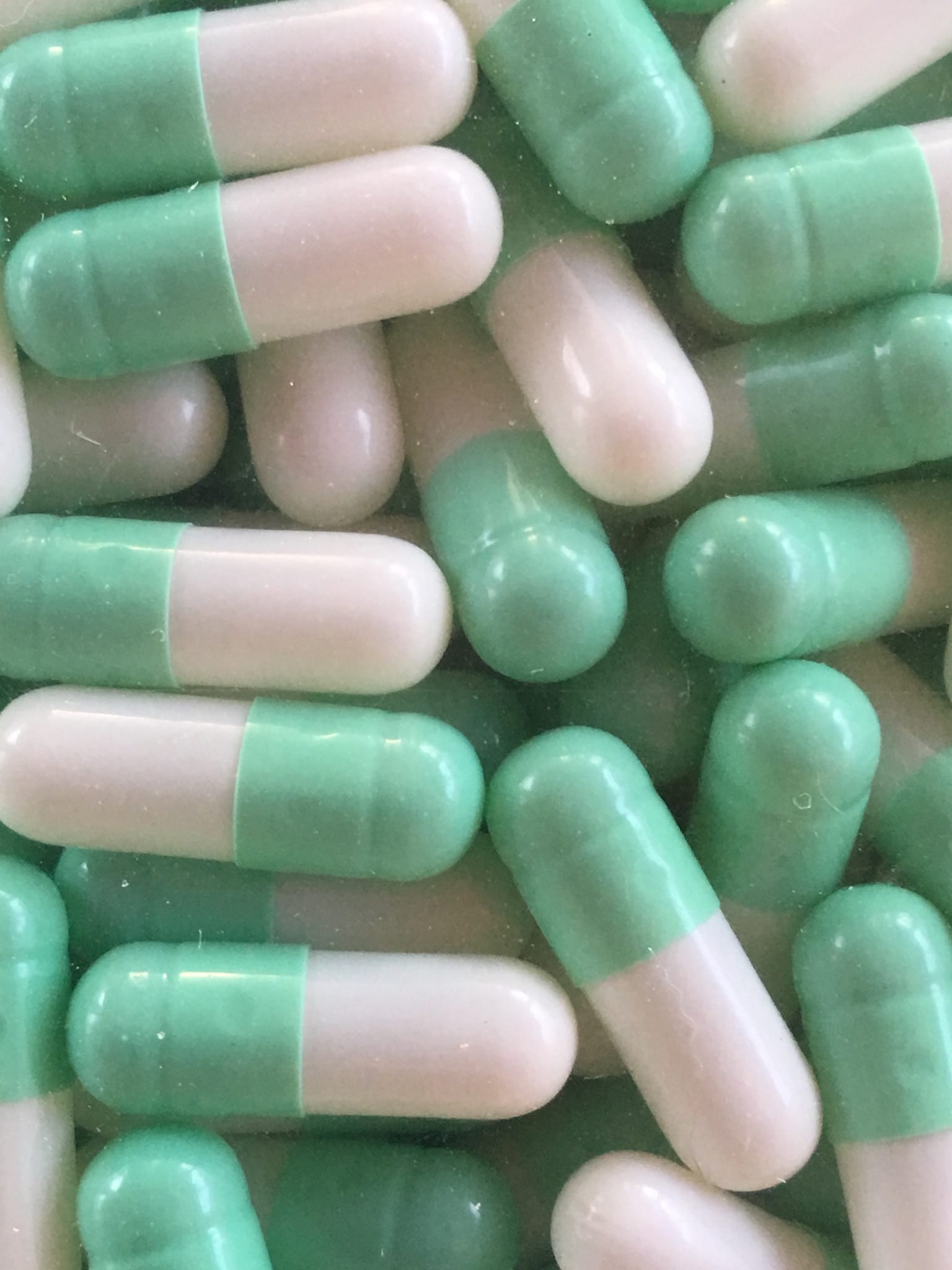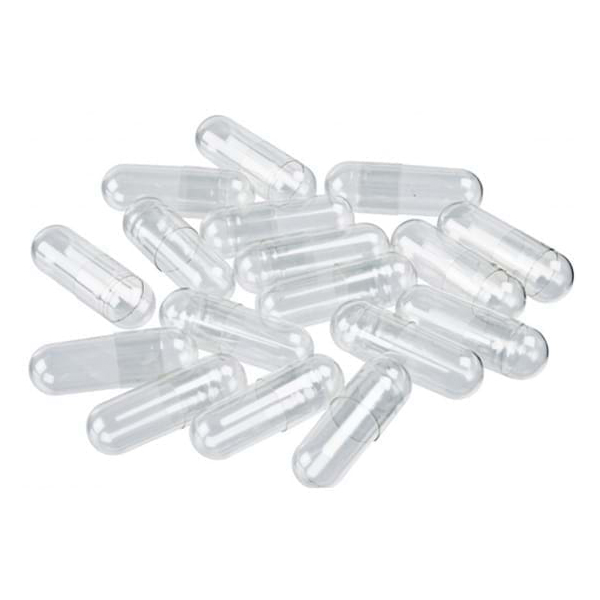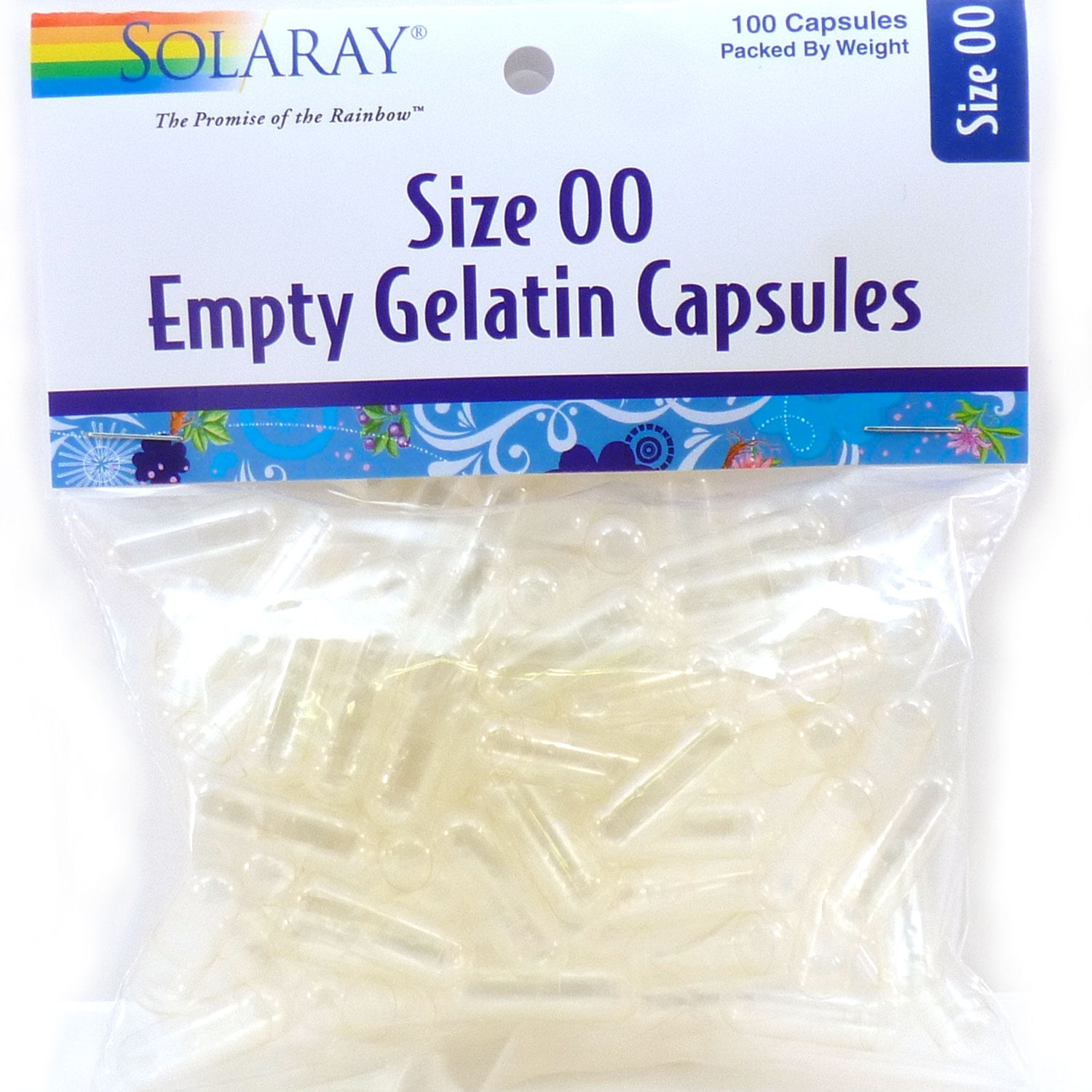Pic Of Empty '1' Gel Capsules
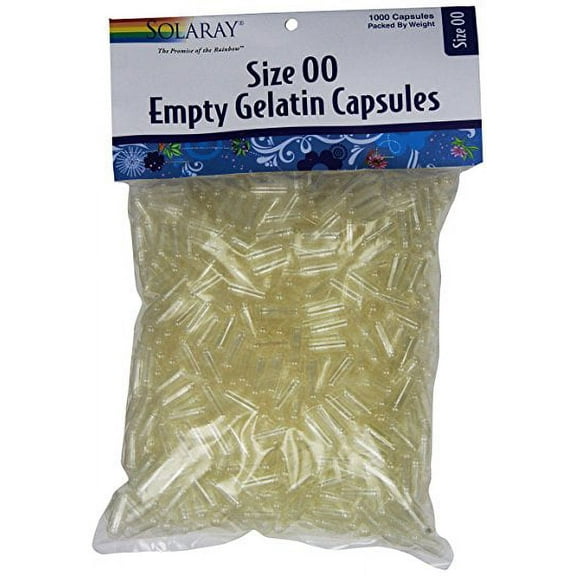
An unsettling image is circulating online: a handful of empty, transparent '1' gel capsules. This seemingly innocuous picture has ignited a firestorm of concern, prompting investigations by regulatory agencies and raising serious questions about pharmaceutical manufacturing processes and potential consumer risks.
The widespread sharing of this photograph, often accompanied by alarming claims and speculation, necessitates a thorough examination of the facts. This article aims to dissect the issue, separating verified information from unsubstantiated rumors, and providing a comprehensive overview of the situation as it currently stands.
The Emergence of the Image and Initial Reactions
The image of the empty '1' gel capsules first surfaced on social media platforms several weeks ago. Initially, the origin and context were unclear, leading to widespread speculation about potential causes, ranging from deliberate tampering to manufacturing defects.
Several online communities dedicated to health and wellness quickly became hubs for discussion, with users sharing personal experiences and theories. The lack of official information in the early stages fueled anxieties and contributed to the rapid dissemination of the image.
This climate of uncertainty forced pharmaceutical companies and regulatory bodies to address the growing public concern, albeit initially with cautious and carefully worded statements.
Regulatory Investigations and Pharmaceutical Company Responses
The Food and Drug Administration (FDA) and other national regulatory agencies have launched investigations into the matter. These investigations are focused on determining the source of the empty capsules, identifying the specific manufacturer (if possible), and assessing the potential risks to consumers.
Pharmaceutical companies whose products utilize '1' gel capsules are conducting internal reviews of their manufacturing and quality control processes. These reviews are aimed at identifying any potential vulnerabilities in their supply chain and ensuring that their products meet the required safety standards.
Several companies have issued public statements reaffirming their commitment to product safety and assuring consumers that their products are rigorously tested. However, specific details regarding the investigations remain confidential at this stage.
Potential Causes and Risks
Several potential causes for the presence of empty capsules are being explored. These include mechanical malfunctions during the filling process, variations in capsule shell quality, and possible tampering along the supply chain.
Manufacturing defects, while relatively uncommon, can occur despite stringent quality control measures. These defects could result in capsules being either partially filled or completely empty.
The primary risk associated with empty capsules is that patients may not receive the correct dosage of medication. This could lead to ineffective treatment or, in some cases, adverse health effects depending on the medication involved.
Impact on Different Medications
The potential impact of empty capsules varies depending on the specific medication contained within them. For medications with a wide therapeutic window, the consequences of a missed dose may be minimal.
However, for medications with a narrow therapeutic window, such as certain heart medications or anti-seizure drugs, a missed dose could have serious consequences. In these cases, it is crucial that patients are aware of the potential risk and consult with their healthcare provider if they suspect they have received an empty capsule.
The type of medication the capsules are supposed to contain plays a big role in the severity of the situation. This is something the investigations are likely focusing on.
Expert Opinions and Recommendations
Pharmaceutical experts and medical professionals are urging caution and emphasizing the importance of responsible reporting. They caution against spreading unsubstantiated claims and encourage individuals to rely on credible sources of information.
Dr. Emily Carter, a leading pharmaceutical scientist, stated, "It is essential to avoid panic and to focus on the facts. Regulatory agencies are working diligently to investigate this issue, and it is important to allow them to complete their work."
Healthcare providers are advising patients to carefully inspect their medications before taking them and to report any concerns to their pharmacist or doctor. They are also emphasizing the importance of adhering to prescribed dosages and not altering medication regimens without consulting a healthcare professional.
Counterfeit Medications and Supply Chain Security
This incident highlights the ongoing challenges related to counterfeit medications and supply chain security. The global pharmaceutical supply chain is complex and vulnerable to various forms of fraud and tampering.
The World Health Organization (WHO) estimates that a significant percentage of medications sold in developing countries are counterfeit or substandard. While the issue of empty capsules may not necessarily be related to counterfeit medications, it underscores the need for enhanced vigilance and stricter regulatory oversight.
Increased investment in supply chain security technologies, such as track-and-trace systems and advanced authentication methods, is crucial to protecting patients from the risks associated with counterfeit and substandard medications.
Looking Ahead: Improving Pharmaceutical Safety
The incident involving the empty '1' gel capsules serves as a reminder of the importance of robust pharmaceutical manufacturing processes and stringent quality control measures. It also highlights the need for greater transparency and communication between pharmaceutical companies, regulatory agencies, and the public.
Moving forward, it is crucial to strengthen supply chain security, enhance surveillance systems, and invest in advanced technologies to detect and prevent potential problems. This includes more efficient quality control systems.
Ultimately, ensuring the safety and efficacy of medications requires a collaborative effort involving all stakeholders, from manufacturers and regulators to healthcare providers and patients. The investigations currently underway are critical for determining the root cause of this issue and implementing measures to prevent similar incidents from occurring in the future.


